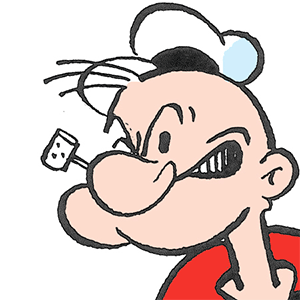Dalai Lama identifies the reincarnation of Mongolia's spiritual leader – a preview of tensions around finding his own replacement
Published in News & Features
There are usually predictions about where and when a dalai lama will be reborn, but further tests and signs are required to ensure the proper child is found.
In the case of the 13th Dalai Lama, after his death his body lay facing south. However, after a few days his head had tilted to the east and a fungus, viewed as unusual, appeared on the northeastern side of the shrine, where his body was kept. This was interpreted to mean that the next dalai lama could have been born somewhere in the northeastern part of Tibet.
Disciples also checked Lhamoi Latso, a lake that is traditionally used to see visions of the location of the dalai lama’s rebirth.
The district of Dokham, which is in the northeast of Tibet, matched all of these signs. A 2-year-old boy named Lhamo Dhondup was just the right age for a reincarnation of the 13th dalai lama, based on the time of his death.
When the search party consisting of the 13th dalai lama’s closest monastic attendants arrived at his house, they believed they recognized signs that confirmed that they had reached the right place.
The 14th Dalai Lama recounts in his memoirs about his early life that he remembered recognizing one of the monks in the search party, even though he was dressed as a servant. To prevent any manipulation of the process, members of the search party had not shown villagers who they were.
The Dalai Lama remembered as a little boy asking for the rosary beads that monk had worn around his neck. These beads were previously owned by the 13th Dalai Lama. After this meeting, the search party came back again to test the young boy with further objects of the previous Dalai Lama. He was said to have correctly chosen all items, including a drum used for rituals and a walking stick.
Today the selection process for the next dalai lama remains uncertain. In 1950 China’s communist government invaded Tibet, which it insists has always belonged to China. The Dalai Lama fled in 1959 and set up a government in exile. The Dalai Lama is revered by Tibetan people, who have maintained their devotion over the past 70 years of Chinese rule.
In 1995 the Chinese government detained the Dalai Lama’s choice for the successor of the 10th Panchen Lama, named Gendun Choeki Nyima, when he was 6 years old. Since then China has refused to give details of his whereabouts. Panchen lama is the second most important tulku lineage in Tibetan Buddhism.
The Tibetan people revolted when the newly selected 11th Panchen Lama was detained. The Chinese government responded by appointing its own Panchen Lama, the son of a Chinese security officer. The panchen lamas and dalai lamas have historically played major roles in recognizing each other’s next incarnations.
...continued







Comments